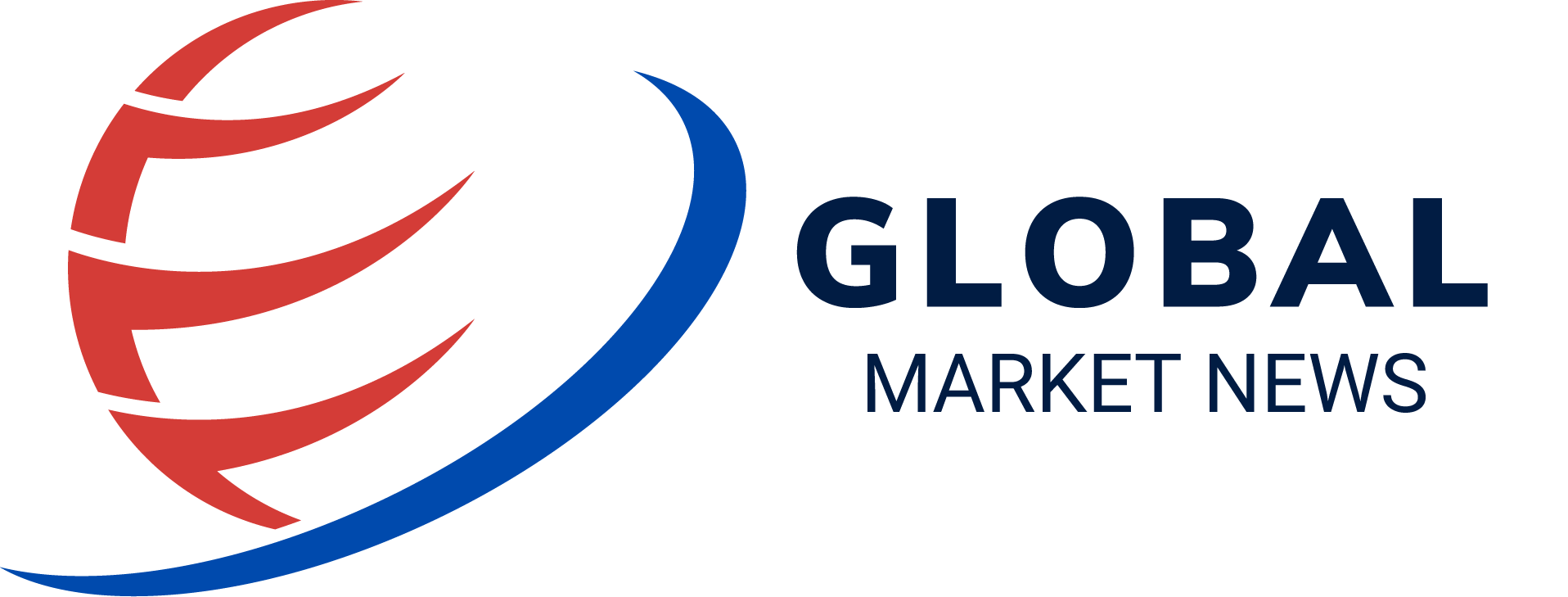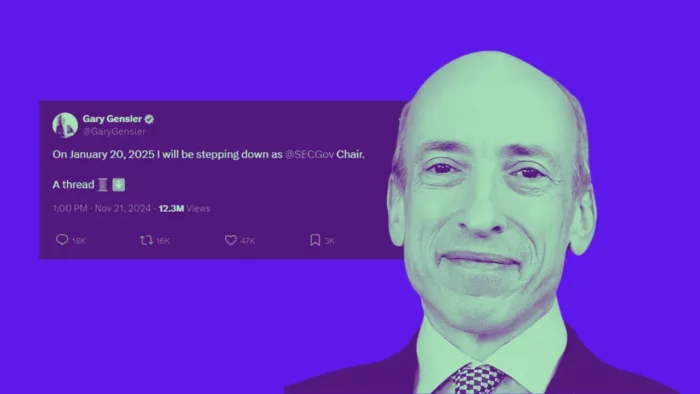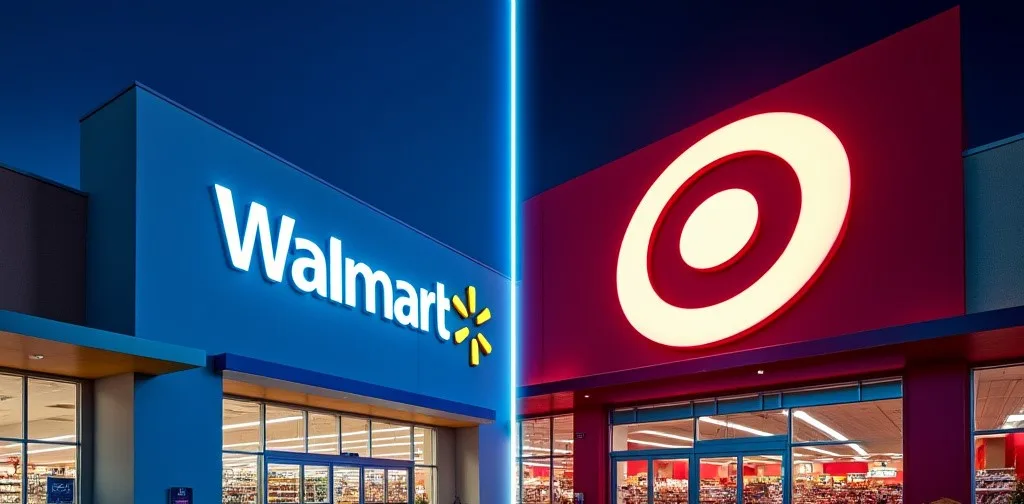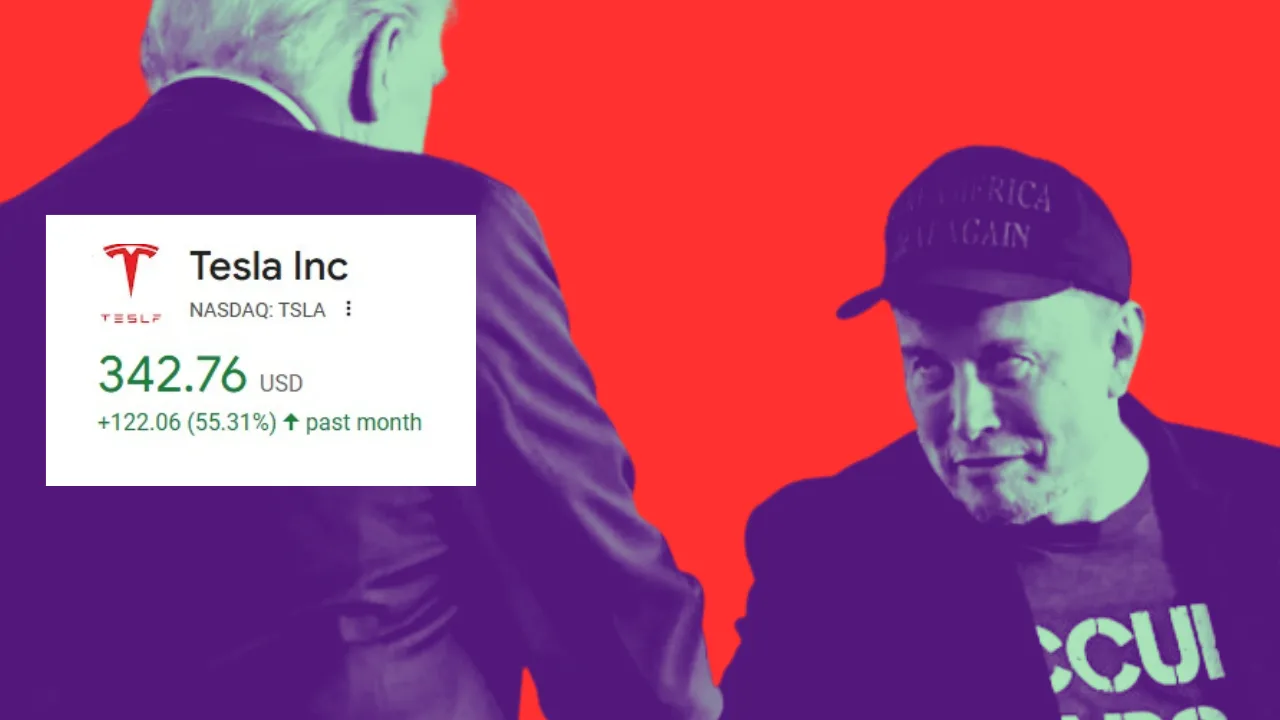Wholesale price metrics surged unexpectedly in July, suggesting that inflation might not be subsiding as rapidly as previously believed.
The Bureau of Labor Statistics announced on Friday that the producer price index, a marker reflecting the prices manufacturers and service providers get for their outputs, saw a 0.3% rise during the month. This is a stark contrast to the static figures in June and is the largest monthly leap since the beginning of the year.
When removing food and energy from the equation, the core PPI also jumped by 0.3%, which is noteworthy considering its 0.1% drop in June. Over the course of a year, this measure climbed 2.4%, matching its lowest point since January 2021.
Analysts, who had projected a 0.2% increase for both key indicators, found themselves caught off guard. Upon factoring out food, energy, and trade services, the PPI’s growth stood at 0.2%.
Compared to the previous year, the overall PPI experienced a modest 0.8% growth. When food, energy, and trade services are removed from the calculations, there was a consistent 2.7% yearly increase, mirroring June’s data.
This news was met with trepidation in the financial sector, evidenced by a drop of approximately 70 points in Dow Jones Industrial Average futures. Concurrently, yields on the 10-year Treasury note climbed marginally, sitting at 4.137% during the day.
July’s upward movement in the index was primarily driven by service costs, which soared by 0.5%, marking the highest rise since August of the preceding year. A significant portion of this came from a 7.6% uptick in portfolio management prices, which includes investment advisory fees. Trade services and transportation and warehousing sectors also saw increments of 0.7% and 0.5%, respectively.
Conversely, the price of goods edged up by a mere 0.1%. Notably, the cost of food items rose by 0.5%, with meat prices skyrocketing by 5%. Energy, meanwhile, presented a varied picture: while many gas prices went up, diesel took a sharp 7.1% downturn.
The release of these PPI figures follows closely on the heels of the Bureau’s consumer price index report, which indicated a 0.2% rise.
Despite this, the 3.2% yearly CPI growth was marginally below expectations, providing some optimism about potential inflation easing.
Both these indicators are closely scrutinized by the Federal Reserve. While the consumer-focused CPI is generally more highlighted, many consider the PPI to offer a more forward-looking perspective, given that it provides insights into future costs.
With a series of 11 interest rate hikes since March 2022, amounting to a cumulative 5.25%, policymakers are in intense discussions about the path forward. Some insiders hint that further hikes might be unnecessary, especially if inflation trends toward the Fed’s ideal 2% mark.
Currently, financial pundits are confident that the Federal Reserve might bypass another rate hike in their upcoming September gathering.






